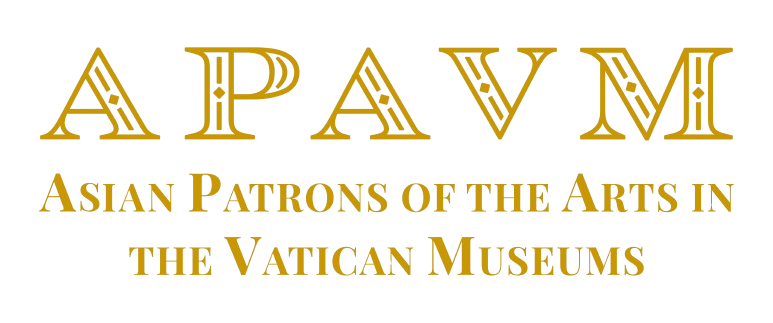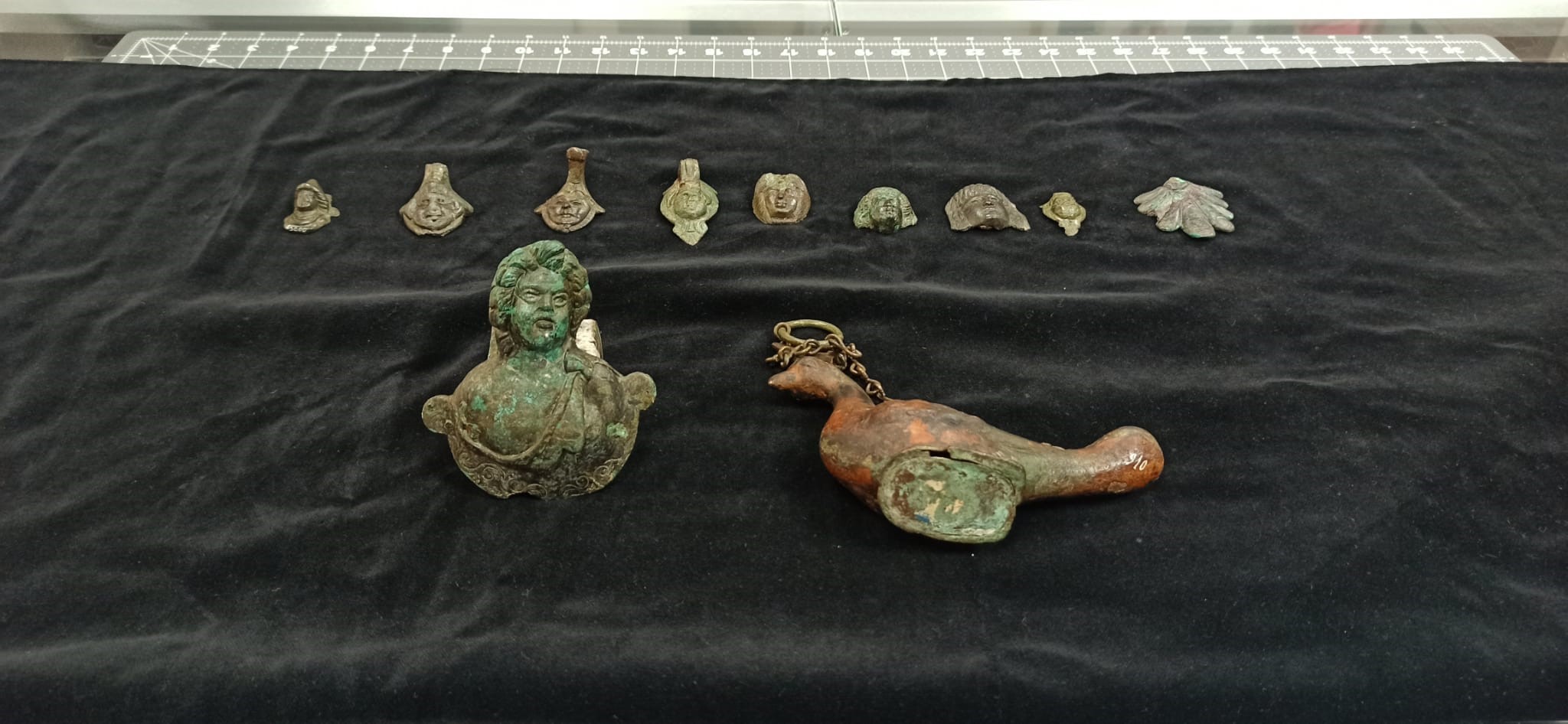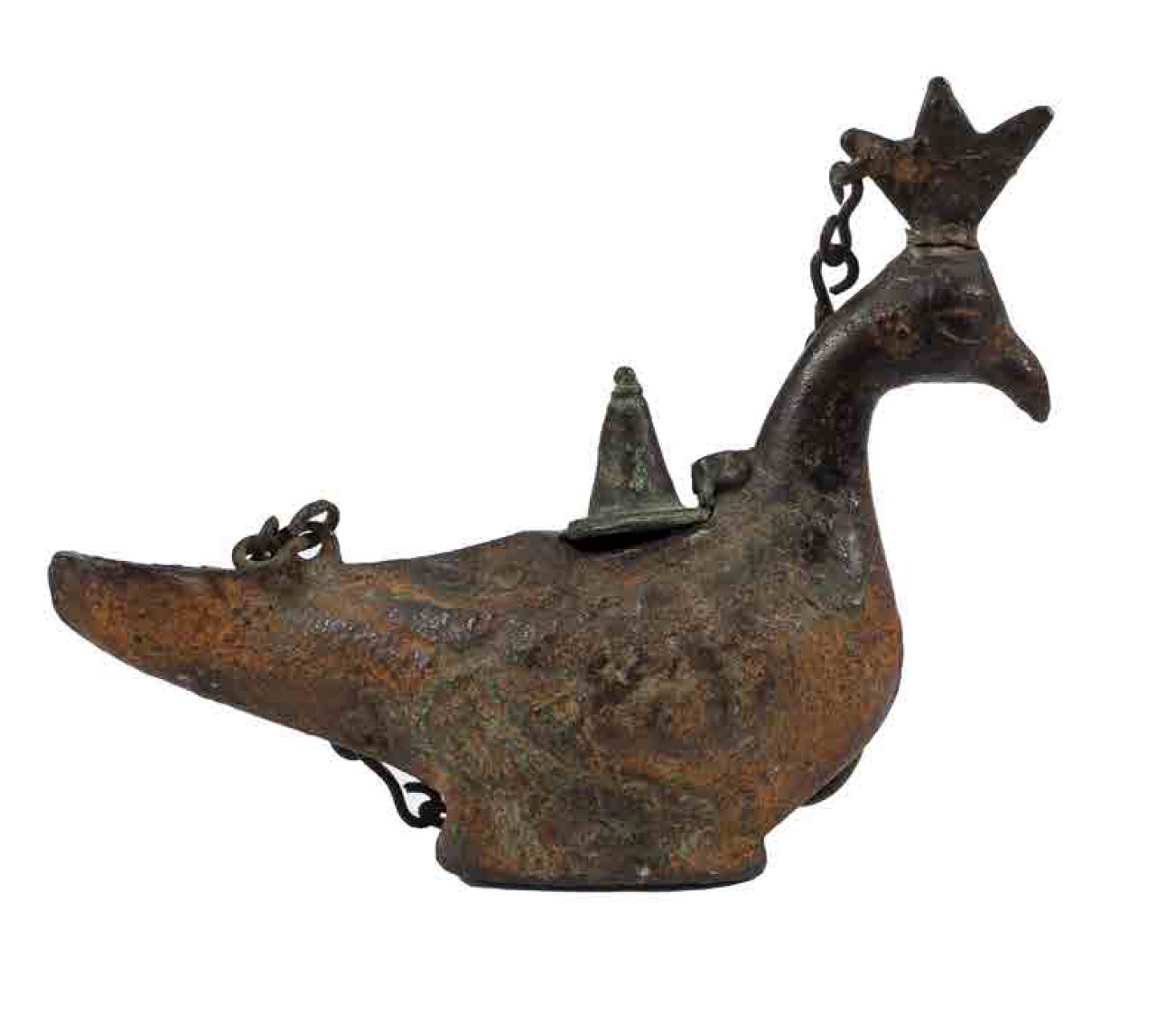Dear Patrons and Friends,
We have rectified the list of chapters that funded the two Rwanda shields restoration project, please find it below and join us for this week’s e-parcel.
We are going to take you inside the very heart of what we as Patrons are committed to do: our restoration laboratories. We are going to show you the first and the last phases of the restoration process featuring two projects one at its first preliminary stage and the other at its final one.
Follow us into our laboratories!










